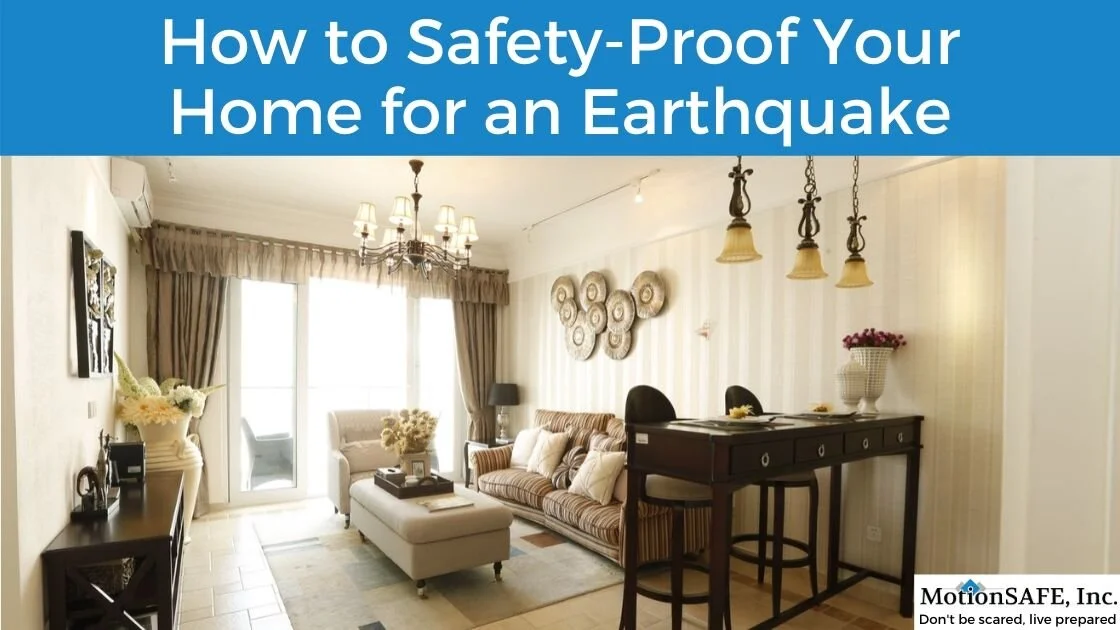Living in British Columbia comes with many benefits: beautiful scenery, big mountains and friendly people. However, lurking quite literally beneath the surface is a grave threat to this peaceful way of life. British Columbia receives an average of one earthquake per day, and while most of them are too small to notice or feel, there always exists the danger that a big quake will happen when you are least expecting it.
Even the most knowledgeable scientists and seismologists will tell you that you can’t predict when or where an earthquake is going to hit, but there are definite steps you can take to prepare for an earthquake. The most important earthquake safety tips are ones that will keep you safe at home, as this where you are most likely to be when an earthquake hits. To learn how to keep safe during an earthquake in your home, follow these tips:
Be gas safe – the biggest potential hazard you face in your home in the case of an earthquake is an explosion caused by loose gas lines and static electricity in the air. If you can, swap out your solid metal or PVC gas piping with flexible plastic tubes which will bend and stretch as your house shifts. If you can’t swap these out, consider installing a breakaway shut off (one that will cap the gas if the pipe becomes disconnected) or a main gas shut-off device that’s in an easy to access location.
Install seismic fasteners – another potential hazard is having big, heavy objects fall on you. Appliances such as fridges and freezers, or tall bookshelves can be attached to the wall using strong seismic fasteners. Again, these will allow the objects to move with your home while keeping them in place. You should also install seismic fasteners on any big items that hang on the wall, such as large paintings or wall mounted televisions. Not only will you stop them from becoming flying hazards but you’ll save yourself money by not having to replace damaged goods.
Organize your shelves – flying objects are the number one cause of human injury in an earthquake. While you definitely don’t want to fasten every item on your bookcases down, you can reduce the risk by storing bigger and heavier items at the bottom of the shelves. This will also serve as a balance and reduces the tip risk.
All of these actions will help protect you and your home from accidental damage if and when an earthquake hits. However, you should also make sure that you have an earthquake safety kit in an accessible location. This should include a comprehensive field first aid kit, food and water rations for you and your family for at least 3 days, dry clothes, a list of emergency contact and radio stations, and a flashlight. You may also want to consider putting glow in the dark paint markings on the floor to help you find your way to the earthquake safety kit and potential exits.

